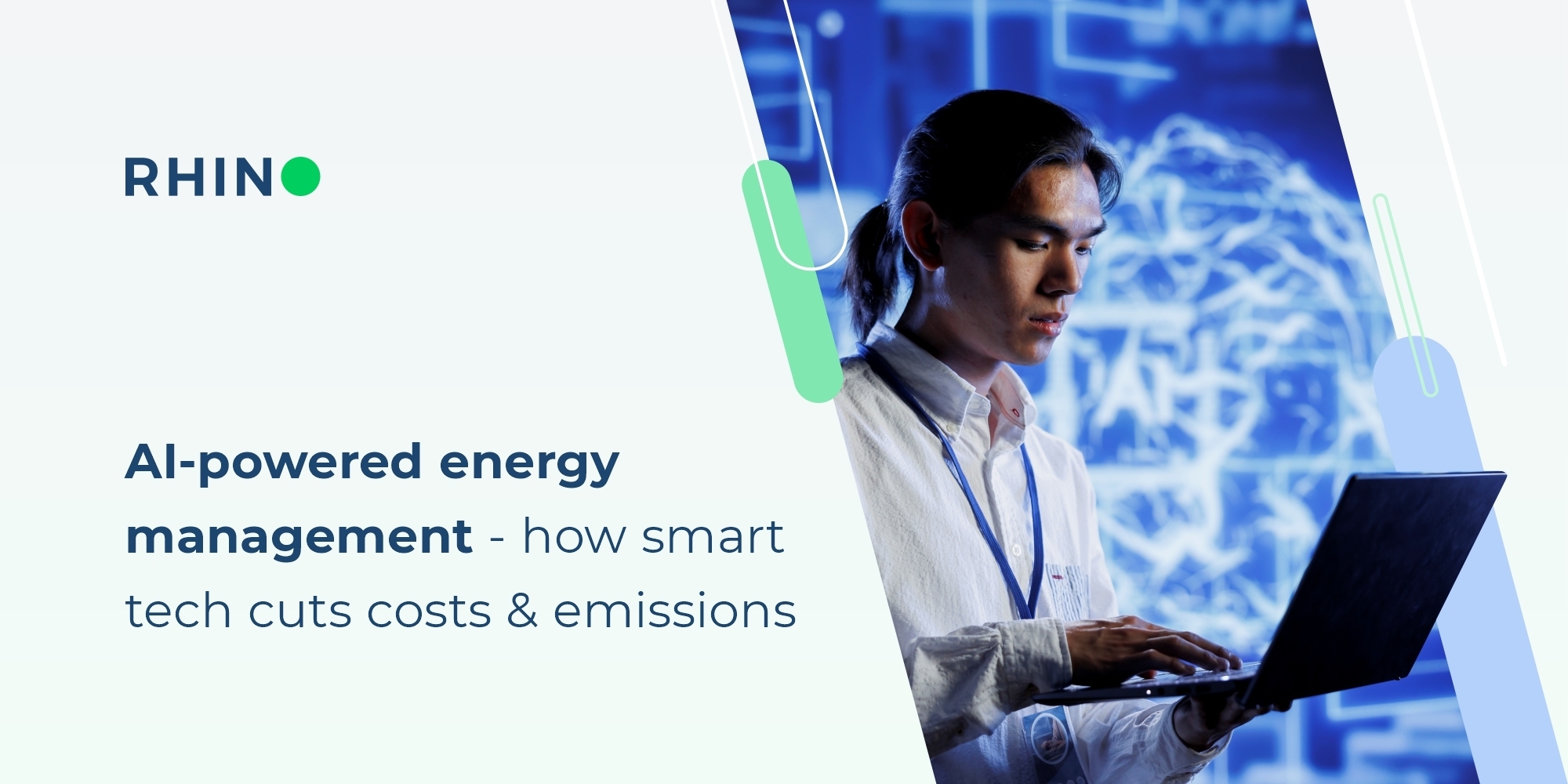
CSRD and Logistics Facilities: Adapting to EU Sustainability Reporting

Understanding CSRD: What It Means for Logistics
The Corporate Sustainability Reporting Directive (CSRD) is the EU’s landmark regulation redefining how companies report on environmental and social impacts. It replaces the Non-Financial Reporting Directive (NFRD), expanding the scope and depth of sustainability disclosures.
For logistics and distribution facility operators, the CSRD mandates collection and reporting of detailed environmental data—including energy use and emissions across Scopes 1, 2, and 3. Over 50,000 companies in the EU will fall under its requirements by 2026, with the first reports due in 2025 based on 2024 data.
Why Warehousing and Distribution Are in Focus
Logistics operations are high-impact environments when it comes to energy use and emissions:
-
Warehouses typically operate 24/7 with high HVAC and lighting demands.
-
Increasing electrification (e.g., EV fleets, automation) adds to energy complexity.
-
Transport-related Scope 3 emissions are now a reporting priority.
CSRD compels logistics operators to disclose how they manage and reduce these impacts—adding pressure but also opportunity for those who act early.
Key CSRD Requirements Relevant to Logistics
-
Scope 1 & 2 Emissions: Direct emissions from facility fuel use and indirect emissions from purchased electricity must be monitored and reported.
-
Scope 3 Emissions: Includes upstream and downstream logistics, such as outsourced transport, leased warehouses, and employee commuting.
-
Energy Consumption: Accurate electricity, gas, and fuel metering is necessary.
-
Data Assurance: Third-party assurance of data quality is mandatory.
How to Prepare: Practical Steps for Facility Operators
Here’s how logistics facility managers can get ahead of CSRD:
-
Install Real-Time Monitoring Tools
Platforms like Rhino enable remote utility monitoring across electricity, gas, and water systems, ensuring continuous compliance. -
Automate Data Collection
Replace manual tracking with digital dashboards to capture, aggregate, and analyze consumption and emissions. -
Centralize Utility Data
Integrate utility insights with ESG and reporting platforms using APIs. -
Engage Tenants and Operators
Use apps to share consumption data with tenants and operators to drive behavioral change and optimize shared utilities. -
Conduct a CSRD Readiness Audit
Assess current data quality, gaps, and monitoring infrastructure to ensure your facility can meet reporting standards.
The Benefits of Acting Now
Early action doesn’t just ensure compliance—it creates operational advantages:
-
Lower energy bills through efficiency insights.
-
Improved tenant relationships via transparent data sharing.
-
Better ESG scores and investor attractiveness.
-
Reduced risk of fines and reputational damage.
Related Reading
Ready to Meet CSRD Standards?
Stay ahead of the curve with Rhino’s remote utility monitoring solutions. Contact our team today to streamline compliance, cut costs, and boost your ESG performance.
Rhino is the global #1 in remote energy & utility monitoring, delivering accurate, reliable, and real-time insights for commercial real estate. Rhino helps real estate businesses of all sizes and types become more cost-efficient, sustainable, and fully compliant with modern (ESG) regulations—empowering a greener and more efficient future.
Does CSRD apply to privately held logistics companies?
Yes, if they meet the size criteria (e.g., over 250 employees or €40 million in revenue), they are subject to CSRD.
What is the difference between Scopes 1, 2, and 3 emissions?
Scope 1: Direct emissions. Scope 2: Indirect from purchased energy. Scope 3: Indirect from the value chain (e.g., outsourced transport).
How can I calculate emissions from my warehouse?
Use real-time monitoring tools and emissions factors to convert utility data into CO2 equivalents.
What happens if I don't comply with CSRD?
Non-compliance can lead to fines, reputational risk, and exclusion from ESG-sensitive investment portfolios.
How can Rhino help with CSRD reporting?
Rhino automates data collection, ensures audit-ready records, integrates with ESG platforms, and provides insights that improve compliance and performance.


